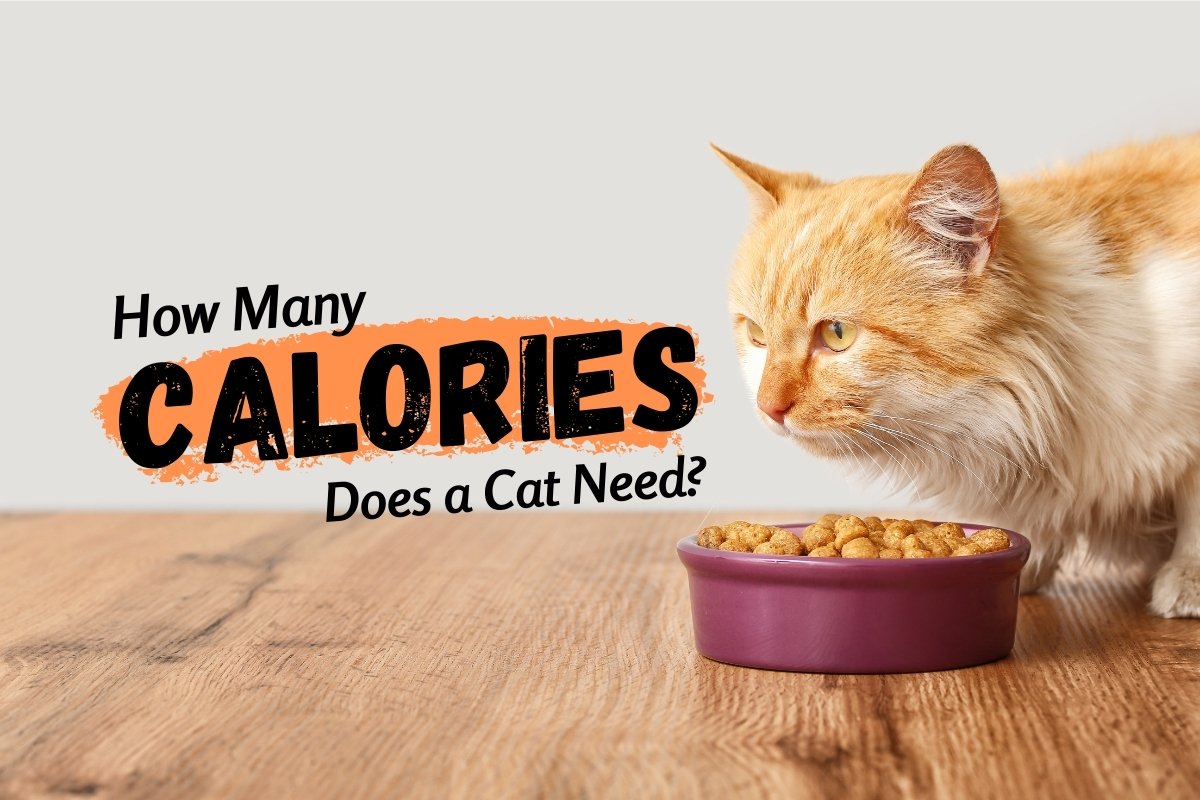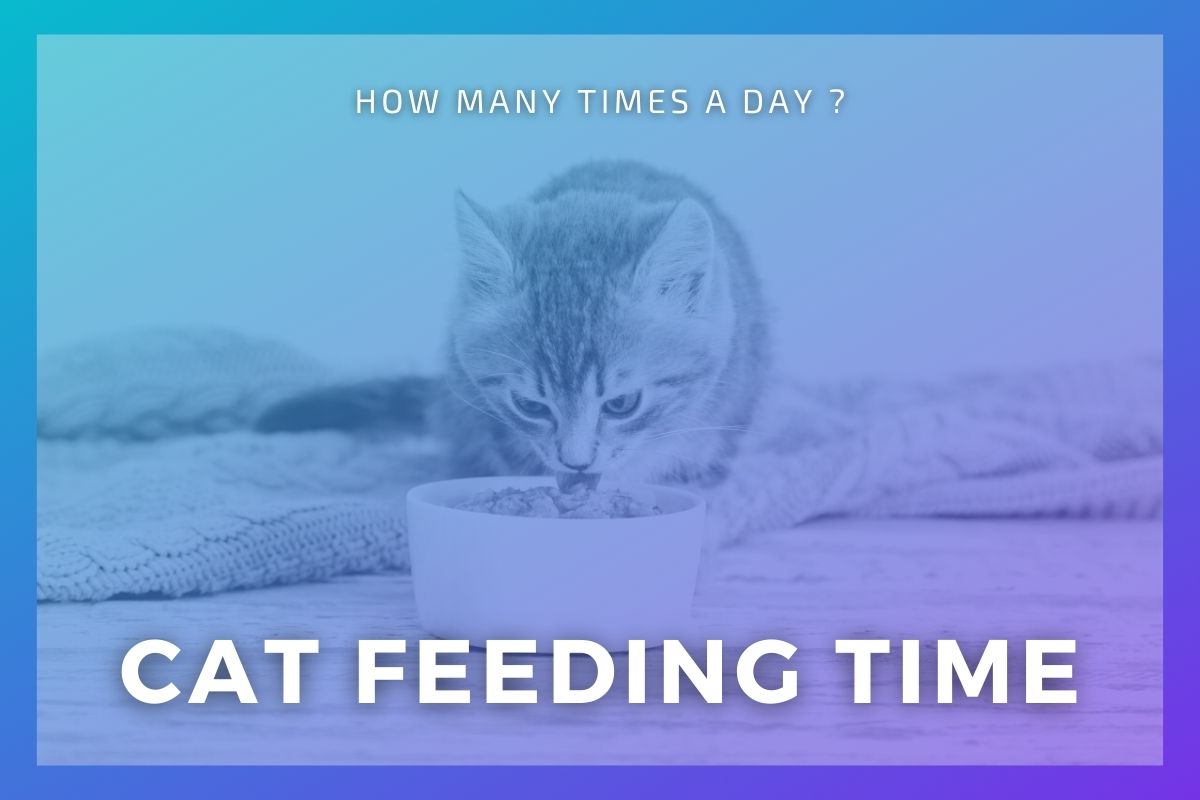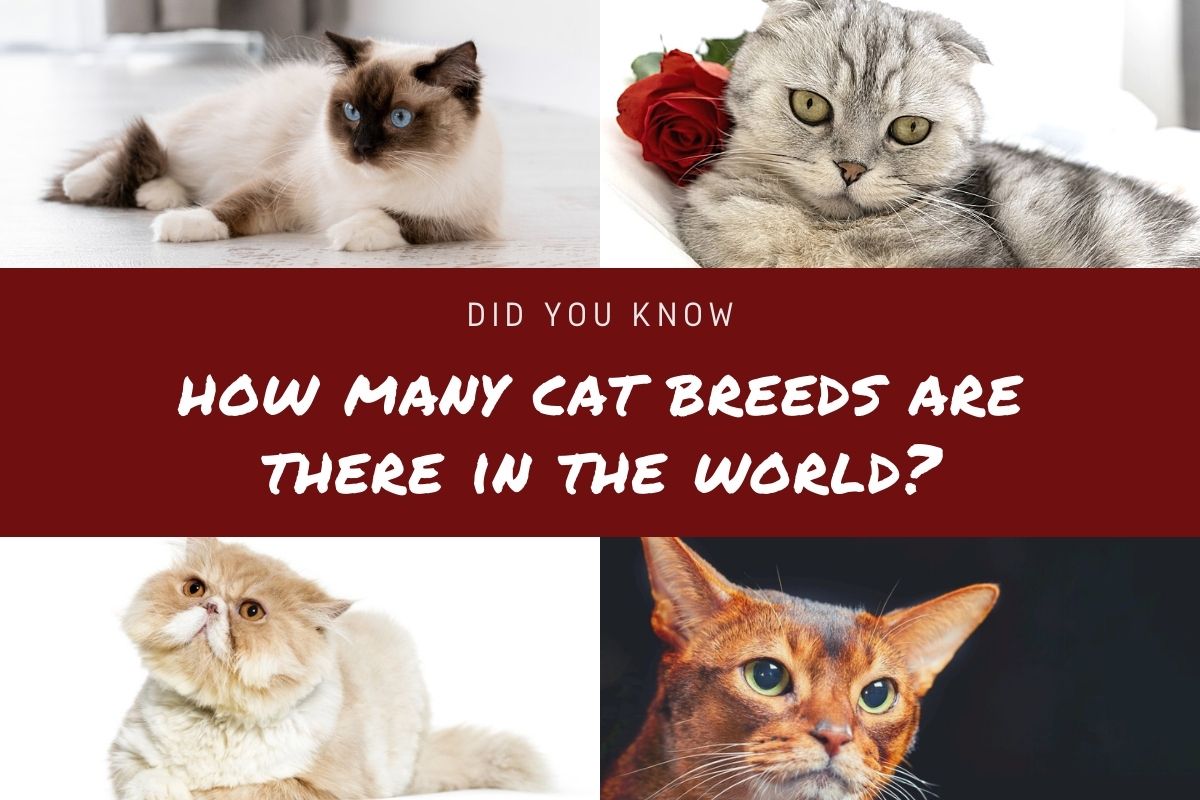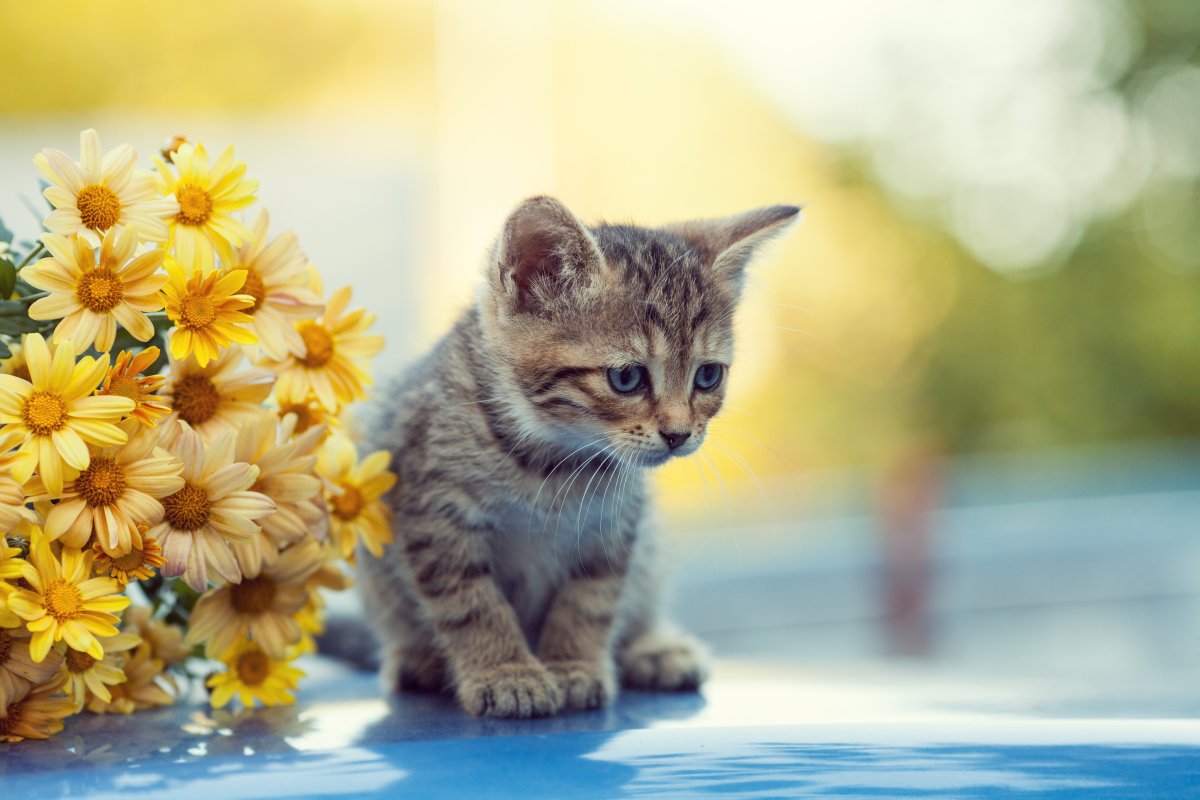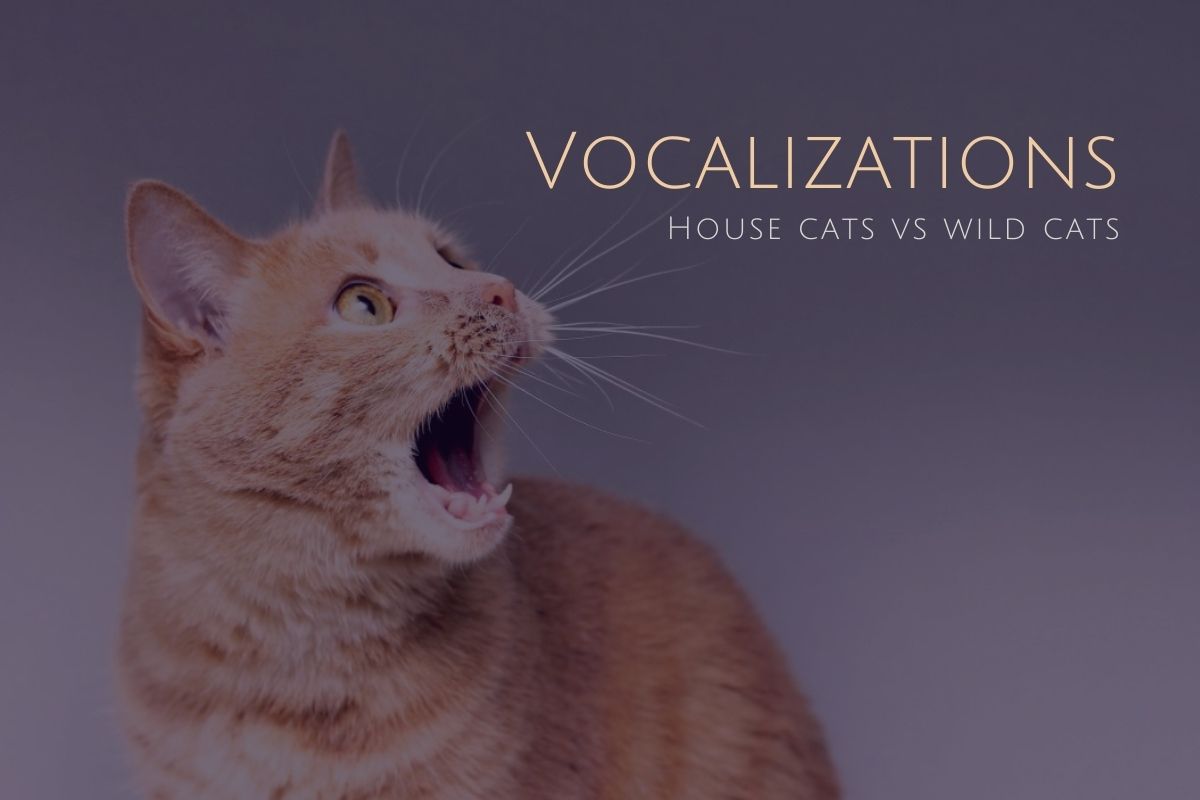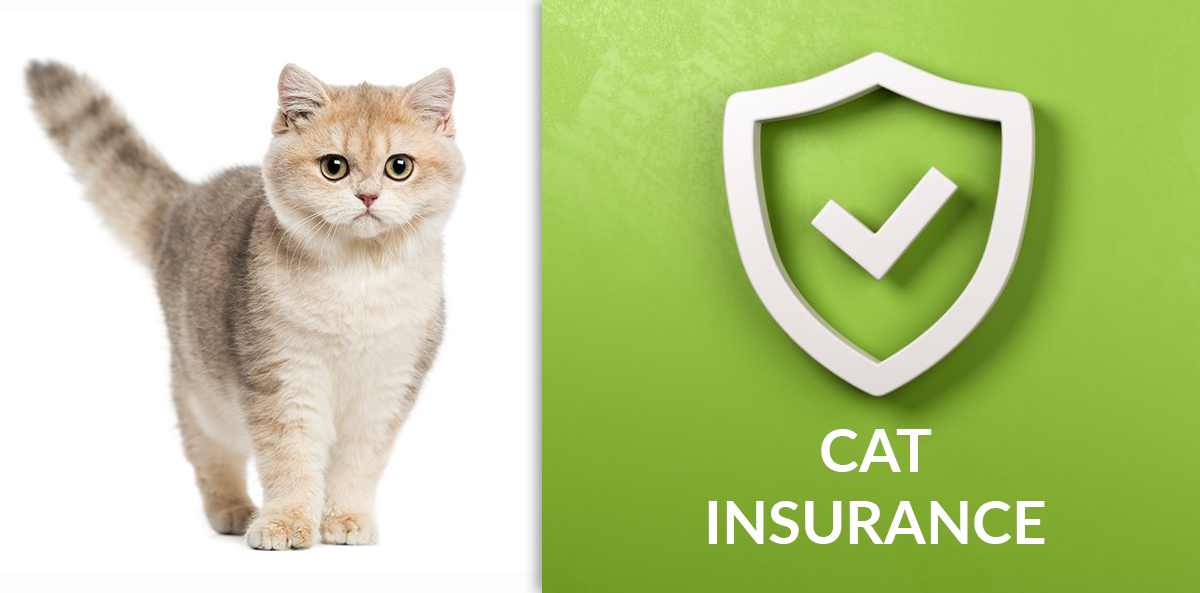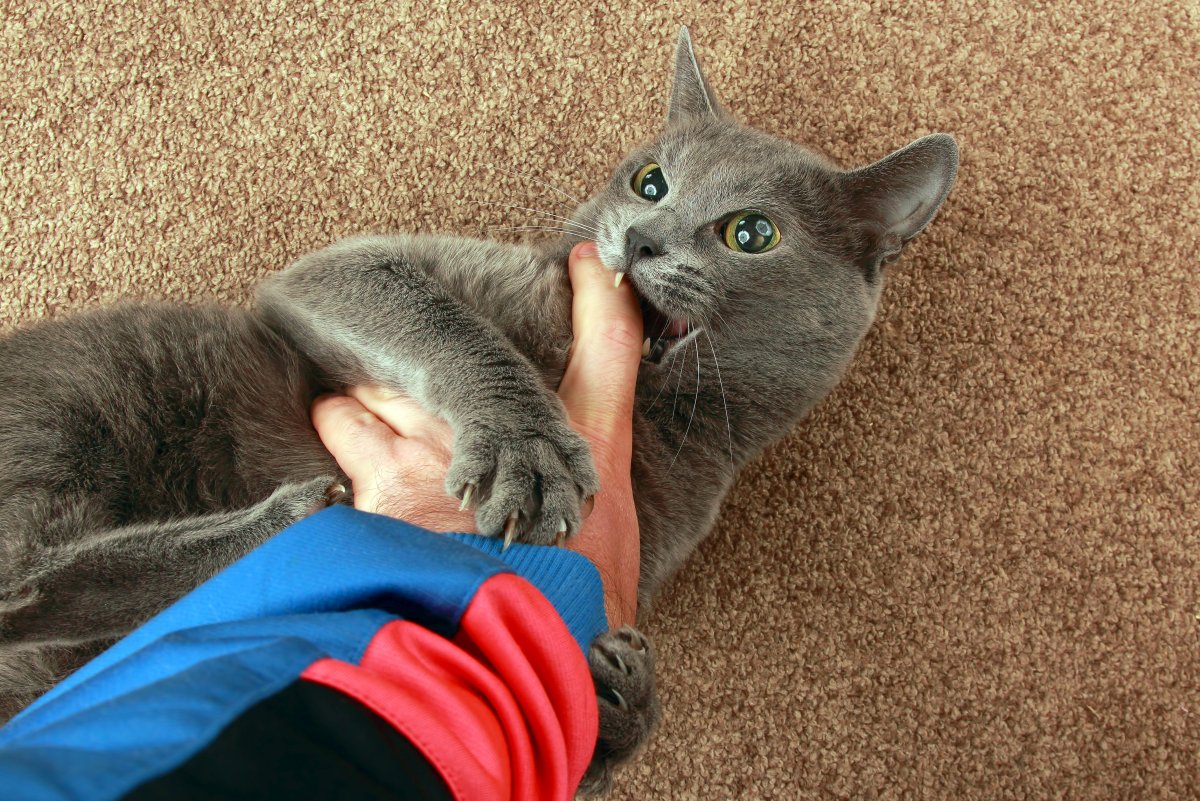Feeding your kitty buddy might be challenging as they may have particular tastes, health constraints, or simply a greater appetite than what you’re giving them. When it comes to being a responsible pet parent, you must do all that is beneficial for your cats and not give in to their every whim and need.
There are some fundamental recommendations to follow when feeding your pet cat. Continue reading to learn about your cat’s calorie and nutritional needs.
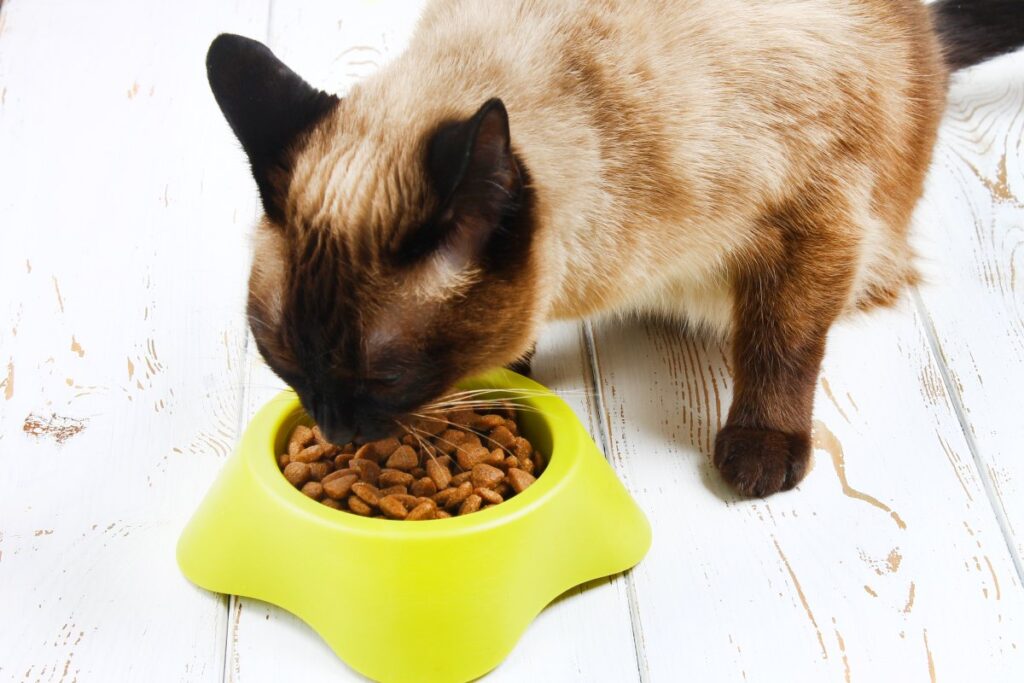
Determining How Much Your Cat Needs to Consume
When calculating your cat’s daily calorie intake, there are some factors to consider.
- Age: Growing tiny kittens needs a lot of calories, higher than adult cats.
- Body Size and Weight: As cats get older, they gain more weight and are bigger in size. They will obviously need more calories, and their diet should be adjusted accordingly.
- Neutered or Intact: Neutered cats have lower metabolism due to decreased testosterone; therefore, they require fewer calories than intact adult cats.
- Exercise: While your cat’s exercise requirements will vary depending on their age, weight, and metabolic rate, it is highly suggested that you involve your cat in at least five-minute vigorous play sessions daily.
- Special Conditions: You should also examine whether she is pregnant or has a medical condition such as diabetes. If this is the case, calorie requirements will adjust correspondingly.
For simple calculation, an adult cat typically needs 20-30 calories per pound. So an intact 10 pounds cat will require around 200 to 300 calories per day to maintain its weight.
You can take advantage of this very convenient cat calorie calculator for easier calculation. Just enter your cat’s weight and condition, and voila, they calculate the required calories for you.
Measuring the Calories in Your Cat’s Food
Your cat’s carbohydrate intake and needs will also be determined by the diet you give them. The amount of calories in each meal is affected by factors like flavor, nutrients, and the brand you choose.
If you purchase dry or wet cat foods, they usually have serving guidelines or recommended daily feeding charts explaining the required amount to feed your cat based on its weight. There will be nutrition labels on the package showing the food’s calorie content.
You can just follow the guidelines to determine the portion size to maintain their target weight. Or, if you have discovered your cat’s required calories per day and the calories in the food, you can calculate yourself the exact food amount you need to give to your feline buddy. Lastly, don’t forget the cat treats; they also have some calories.
You can also consult your veterinarian if your cat has any special conditions to ensure it gets the necessary feeding amount.
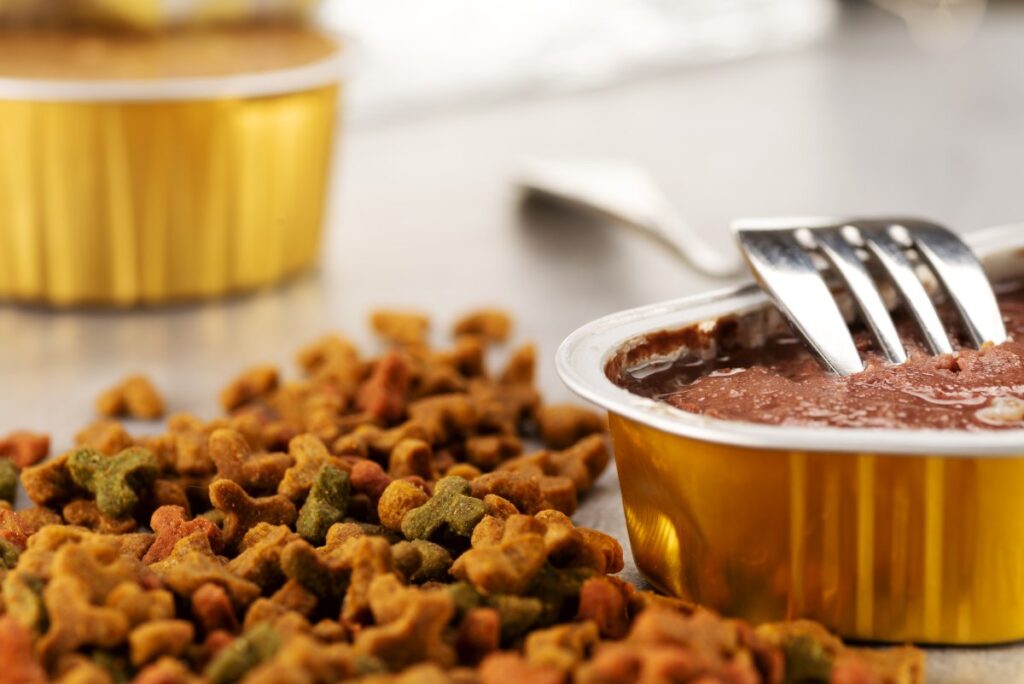
Which Food Has More Calories, Dry or Wet?
Cat parents like to feed their cats wet food, and some feed a combination of dry and wet food. Wet food has a higher calorie density as compared to dry food. If you’re providing a combination of both, make sure you balance out the quantities, so your cat gets the right amount of calories. Around six ounces of wet food may contain approximately 250 calories.
Each day, one can of cat food is sufficient for most cats if complemented with some dry or wet food. The tricky thing is that various diets provide a wide range of calories for each ounce. As a result, it’s critical to read the dietary instructions on the package to get a sense of the number of calories in the food you’re feeding your cat.
How Frequently Should Cats Eat?
Keeping food outside for your cat all the time is the main factor in cat obesity. Free feeding contradicts the cat’s natural urge to eat two or three little meals daily. Consuming two meals a day is the most realistic solution for most busy pet parents. When you’re at home, you should divide your cat’s total food intake for the day into three or four meals.
You can divide your cat’s food in various ways over the day, and the most incredible option is determined by what your cat enjoys and what best matches their lifestyle.
Make sure to take note of your cat’s overall health and attitude around food, as this will give you a solid understanding of whether her present diet and meal times are working for her or not.
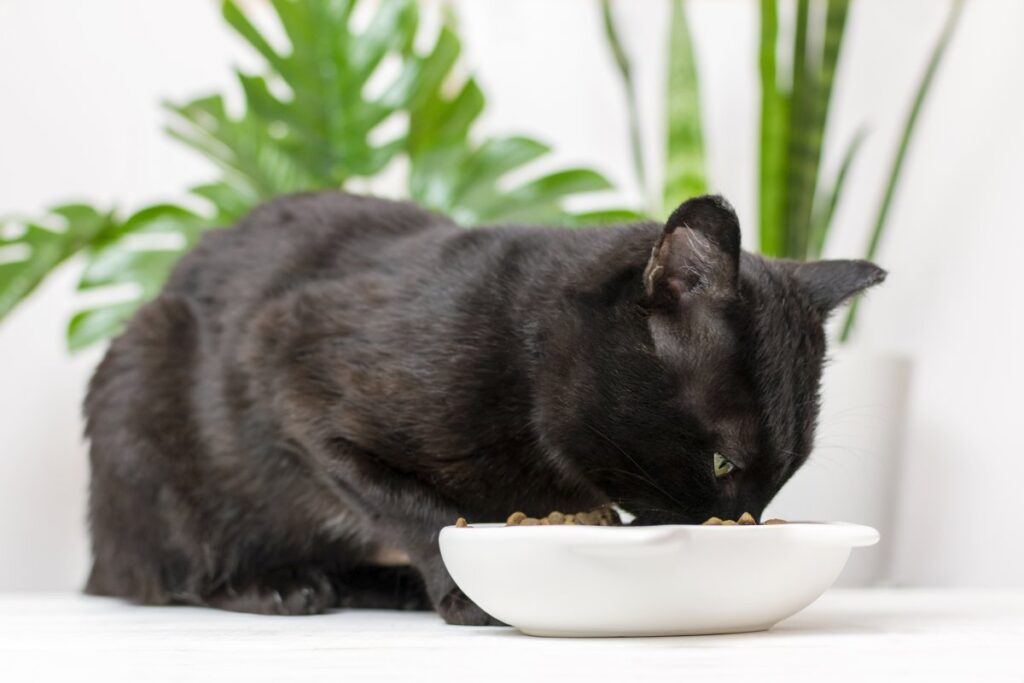
Health Hazards Associated With an Overweight Pet
Overweight felines are at risk for a range of health issues, including:
- Skin infections
- Type 2 diabetes
- Fatty liver disease
- High blood pressure
- Heart disease
- Higher medical and anesthetic risk
- Orthopedic and rheumatic disorders
- Lower urinary tract difficulties
- Immunological repression
- Cancer
Understanding Cats’ Nutritional Needs
Cats require a variety of nutrients to function correctly. Among the nutrients to look for in your cat’s meals are:
- Protein: Meat and fish should be included in your cat’s meals to suit their dietary needs. Kittens, in particular, have a high protein requirement in their diet.
- Carbohydrates: Carbohydrates are a quickly digested and fast energy source that should be included in all cat meals.
- Calcium: A calcium-rich food is beneficial to your cat’s general health and aids the body in numerous functions such as bone development and formation.
- Iron: Iron deficiency caused by diseases and parasites can induce anemia in your cat; consequently, supplementary iron should be included in your cat’s diet to satisfy their dietary needs.
- Vitamins: A and D should be included in a cat’s diet.
- Water: It is essential to keep your cat always hydrated.
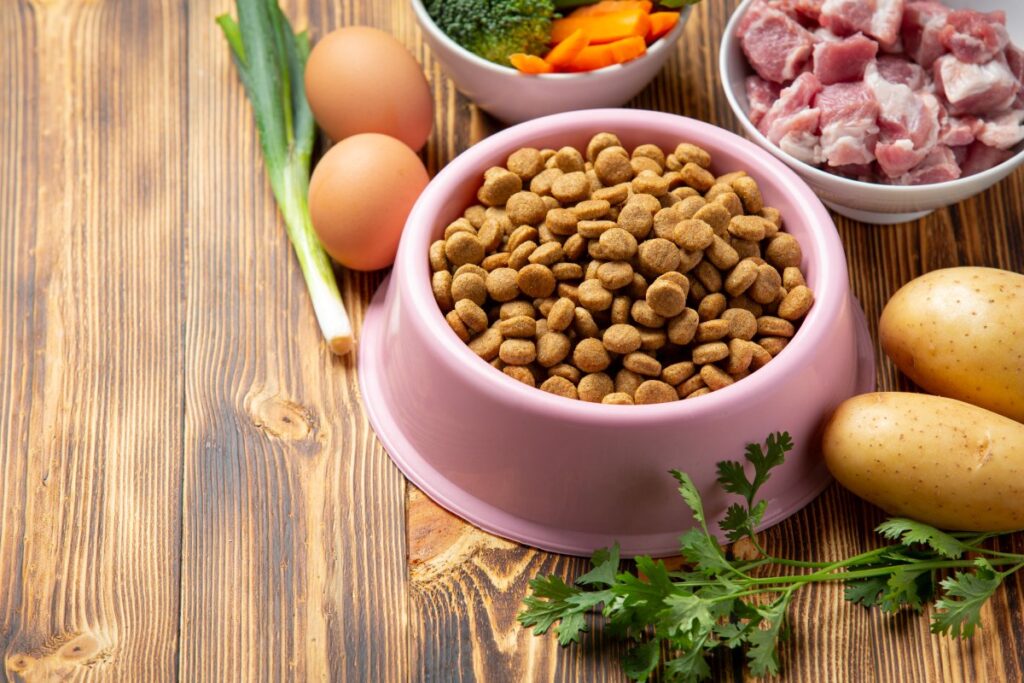
Things You Should Do for Your Overweight Cat
Cats that are fleshy or obese are at a higher risk of various health issues. Below are some suggestions to assist your cat in losing weight.
- Consult your veterinarian
- Count their calories intake
- Look into the homemade and raw food diets
- Consider canned food
- Take them out for a Walk
- Do not let them share meals
- Avoid treats
Cats who consume a proper amount of calories every day will mostly feel hungry. So, unless a kitten is getting bigger, nourishing a cat until it is full will count as overfeeding. Remember that a few additional pounds can significantly influence your cat’s general health, from a shortened lifespan to an increased risk of health complications.
The Takeaway
If you adore your cat, this does not imply that you will lavish them with food. The amount of food you provide your furry companion is determined by their body score, and that is why you will need to change your cat’s diet to meet their dietary needs and metabolism. A nutritious diet will make your four-legged companion healthy and happy.

